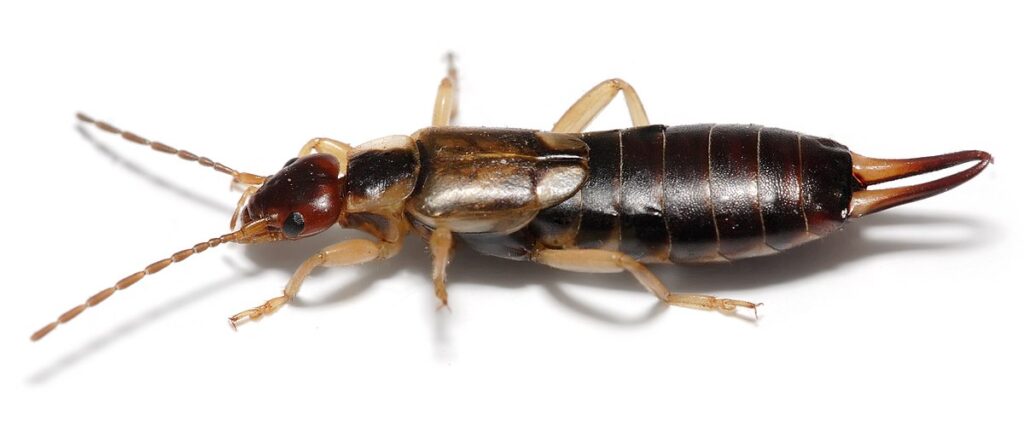Picher Bugs: The Ultimate Guide to Understanding and Dealing with Them
If you’ve ever spotted a creepy-crawly insect scurrying across your floor and wondered if it’s a picher bug, you’re not alone. These small, wingless insects are a common household pest in many parts of the world, and their presence can be alarming.
But what exactly are picher bugs? And more importantly, how can you get rid of them if they’ve invaded your home?
In this ultimate guide to understanding and dealing with picher bugs, we’ll cover everything you need to know about these pesky critters, including:
What are Picher Bugs or Earwigs?
Pincher Bugs are small insects that belong to the order Dermaptera. They are characterized by their elongated bodies, flattened appearance, and distinctive cerci, which are forceps-like appendages located at the end of their abdomens.
Earwigs are found all over the world and are typically found in dark, moist environments such as under rocks, logs, and leaves. They are also known to occasionally invade homes, especially during hot and dry weather conditions.
Despite their name, earwigs do not crawl into people’s ears and lay eggs. This is a common myth that has been debunked by scientists. Earwigs are actually harmless to humans, although they can sometimes damage plants and crops by feeding on them.
How to Identify Picher Bugs

Earwigs, also known as pincher bugs, are easily identifiable by their distinctive features. Here are some of the key characteristics that can help you identify an earwig:
Body shape: Earwigs have elongated, flattened bodies with two pairs of wings. Their bodies are usually dark brown or reddish-brown in color.
Pinchers: The most recognizable feature of earwigs is their cerci, or “pincers,” which are located at the end of their abdomen. These pincers are used for defense, mating, and capturing prey.
Antennae: Earwigs have long, slender antennae that can be up to twice the length of their bodies. The antennae have a distinctive bend or “elbow” in the middle.
Legs: Earwigs have six legs that are relatively short and spiny.
Size: Earwigs are relatively small insects, typically measuring between 0.5 and 1 inch in length.
When trying to identify an earwig, it’s important to note that they are not the same as other insects with similar pincer-like structures, such as centipedes or millipedes. If you’re unsure about what type of insect you’re dealing with, it’s always a good idea to consult an expert or reference guide.
How to Get Rid of Picher Bugs
If you’re dealing with an earwig infestation, here are some tips for getting rid of them:
1. Identify the source: Look for areas where earwigs are likely to be nesting, such as under rocks, logs, or piles of leaves. Eliminate these nesting areas by removing the materials and/or treating the area with an insecticide.
2. Seal entry points: Earwigs can enter your home through small cracks and crevices. Seal up any gaps or cracks around doors, windows, and foundation walls to prevent them from getting inside.
3. Reduce moisture: Earwigs thrive in moist environments, so reducing moisture levels around your home can help keep them away. Fix any leaky pipes, ensure proper drainage, and use a dehumidifier if necessary.
4. Use insecticides: There are several insecticides available that can be effective against earwigs. Look for products that contain pyrethroids or carbamates and follow the instructions carefully. Be sure to target areas where earwigs are likely to be nesting or entering your home.
5. Use traps: You can also use sticky traps or pitfall traps to capture earwigs. Place the traps in areas where earwigs are likely to be active, such as along baseboards or near entry points.
If you’re having trouble controlling an infestation, you may want to consider hiring a professional pest control service to help you deal with the problem.


